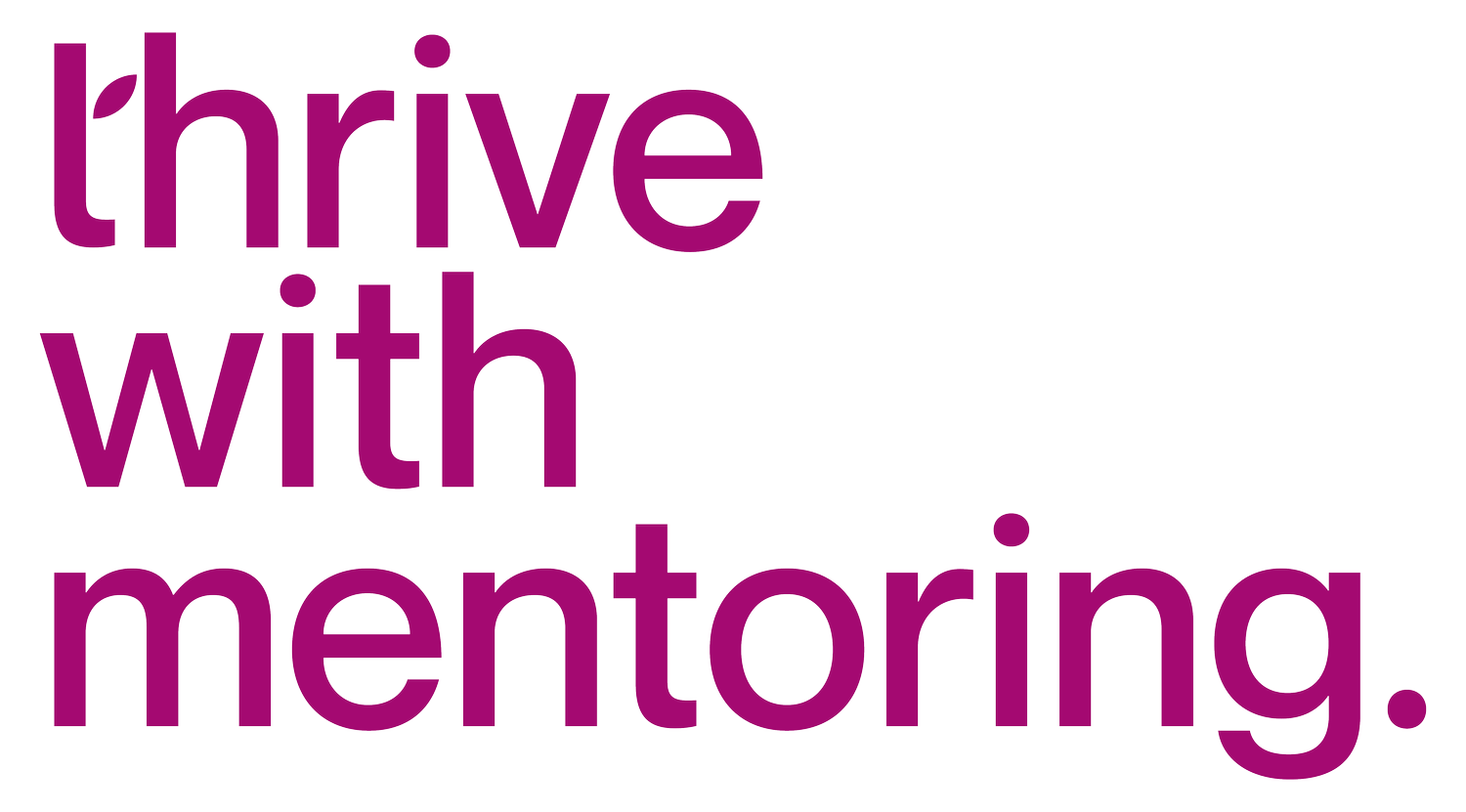Creating a Personal Development Plan with Your Mentor
A personal development plan (PDP) is a strategic tool that outlines your goals and the steps you need to take to achieve them. Collaborating with a mentor to create and refine this plan can amplify your chances of success, providing you with guidance, accountability, and insights that only experience can bring. Here’s how mentors and mentees can work together to develop a robust PDP.
Step 1: Self-Assessment
Mentee’s Role:
Begin by conducting a thorough self-assessment. Identify your strengths, weaknesses, opportunities for growth, and areas of interest. Understanding your current position and your long-term career aspirations is crucial.
Mentor’s Role:
A mentor can provide an objective perspective during the self-assessment phase. They can help identify blind spots that the mentee may not see and suggest areas for improvement by comparing their own experiences.
Step 2: Define Clear, Realistic Goals
Mentee’s Role:
Based on the self-assessment, define clear and achievable goals. These should be specific, measurable, attainable, relevant, and time-bound (SMART). Goals can range from developing specific skills to achieving performance targets or making career advancements.
Mentor’s Role:
The mentor should guide the mentee in setting realistic goals that challenge their abilities while also being achievable. They can share insights on what goals are realistic in the industry and help prioritize which should be tackled first based on their potential impact.
Step 3: Develop Action Steps
Mentee’s Role:
With goals set, the next step is to break them down into actionable steps. This involves detailing the activities and tasks you need to complete to achieve each goal. Planning should include timelines and milestones to track progress.
Mentor’s Role:
Mentors can assist in this planning phase by suggesting resources, training, and networks that can facilitate the mentee's growth. They might also provide templates or systems they have used in the past to manage and execute plans effectively.
Step 4: Implementation
Mentee’s Role:
Begin working on the action steps. This is where the actual work starts, and your plan begins to take shape. Regularly update your mentor on your progress and any challenges you encounter.
Mentor’s Role:
As the mentee implements their plan, the mentor should offer support and accountability. This could involve regular check-ins to discuss progress, providing feedback, and helping navigate any obstacles that arise.
Step 5: Review and Adjust
Mentee’s Role:
Periodically review the plan with your mentor to evaluate what’s working and what isn’t. This is a critical step as it allows for adjustments to be made that can better align the plan with your evolving goals or circumstances.
Mentor’s Role:
The mentor’s experience is invaluable in the review phase. They can provide a high-level perspective on the progress and suggest tactical shifts that might benefit the mentee’s development.
The Mutual Benefits
For Mentees:
Developing a PDP with a mentor enhances your learning journey, providing you with a tailored pathway that leverages the experiences and insights of someone who has navigated similar challenges.
For Mentors:
The process is equally beneficial for mentors. It sharpens their leadership and coaching skills, provides fresh perspectives, and deepens their professional relationships.
Creating a personal development plan with your mentor is more than just a formal exercise; it’s a dynamic process that fosters professional growth, accountability, and continuous learning. For mentees, it’s an opportunity to sculpt your career trajectory with expert guidance. For mentors, it’s a chance to give back, making a tangible difference in someone else’s professional life. Together, a mentor and mentee can turn aspirations into achievements, setting a foundation for lasting success.
